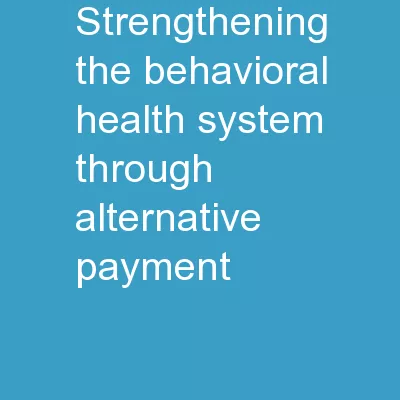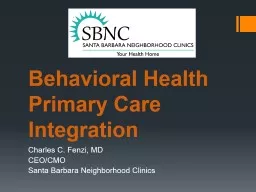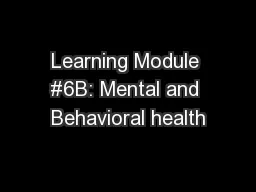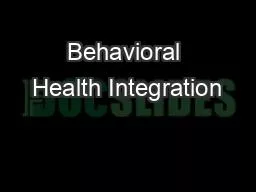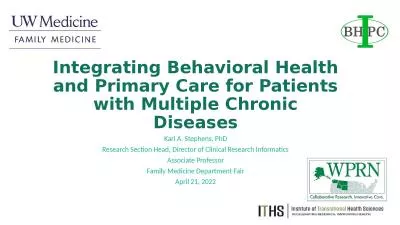PPT-Integrating Behavioral Health Across the Continuum of Care
Author : liane-varnes | Published Date : 2017-10-14
Hospitals in Pursuit of Excellence Report April 2014 Moving toward integration Driving factors Assessing the effectiveness Applying an integration framework Strategic
Presentation Embed Code
Download Presentation
Download Presentation The PPT/PDF document "Integrating Behavioral Health Across the..." is the property of its rightful owner. Permission is granted to download and print the materials on this website for personal, non-commercial use only, and to display it on your personal computer provided you do not modify the materials and that you retain all copyright notices contained in the materials. By downloading content from our website, you accept the terms of this agreement.
Integrating Behavioral Health Across the Continuum of Care: Transcript
Download Rules Of Document
"Integrating Behavioral Health Across the Continuum of Care"The content belongs to its owner. You may download and print it for personal use, without modification, and keep all copyright notices. By downloading, you agree to these terms.
Related Documents






